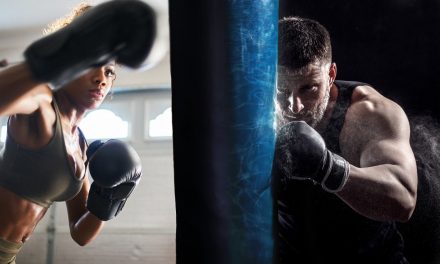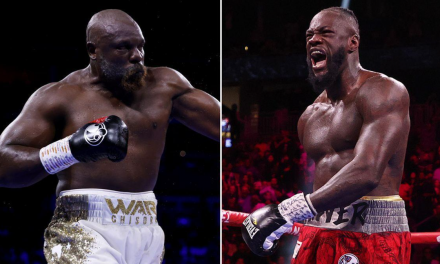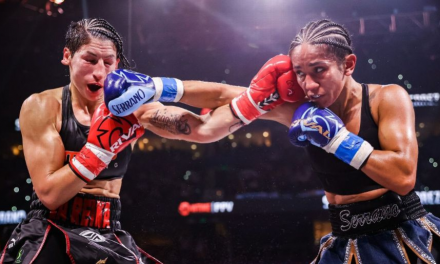In the exhilarating world of boxing, the question often arises: what matters more, strength or agility? Both are essential to the sport, each bringing unique advantages. While strength packs a punch, agility allows boxers to evade opponents and land strikes with precision. Let’s take a closer look at these crucial components and their roles in making a successful boxer.
The power of strength in boxing
Strength in boxing isn’t just about raw power, although a potent punch can certainly be a game-changer. Let’s dive into how strength contributes to a boxer’s prowess in the ring.
Delivering devastating punches
The strength of these athletes, particularly in their upper body, greatly influences the power behind their punches. A well-placed, powerful strike can cause significant damage, potentially leading to a knockout. Strong boxers often rely on their ability to deliver such potent punches to overwhelm their opponents.
Effective clinching
Clinching is a strategic move in boxing where a boxer grapples their opponent to create a temporary pause in combat. Stronger boxers can use clinches to their advantage, controlling their opponents and potentially exhausting them in the process.
Enhanced endurance
Strength also plays a role in a their endurance. Strength training improves the body’s anaerobic fitness, allowing boxers to maintain their power output even in later rounds. This can be a deciding factor in long, gruelling matches.
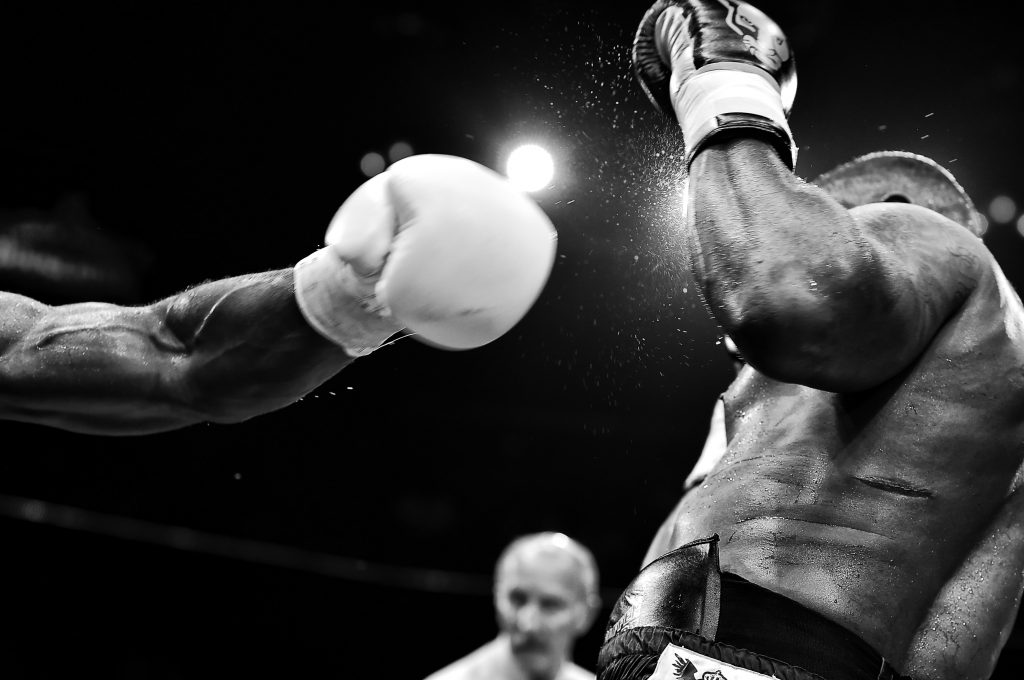
The role of agility in boxing
While strength offers undeniable advantages, agility is equally critical. An agile boxer can be a thrilling sight, darting around the ring, dodging punches, and landing strikes with impressive precision.
Superior evasion and defence
Agility aids evasion and defensive skills. Quick footwork and body movement can help someone to dodge strikes, reducing the amount of damage they take during a match. A highly agile boxer can frustrate their opponents, making them miss more often, which can drain their energy.
Precise striking
Agility can also affects the ability to land strikes. Fast and precise punches can catch opponents off-guard and score critical points. Some boxers, instead of focusing on landing a few heavy blows, rely on their agility to land multiple quick strikes.
Versatility and adaptability
Agility can make a boxer versatile and adaptable. Quick reflexes allow agile boxers to adjust their tactics on the fly, adapting to their opponents’ fighting style and exploiting any openings.
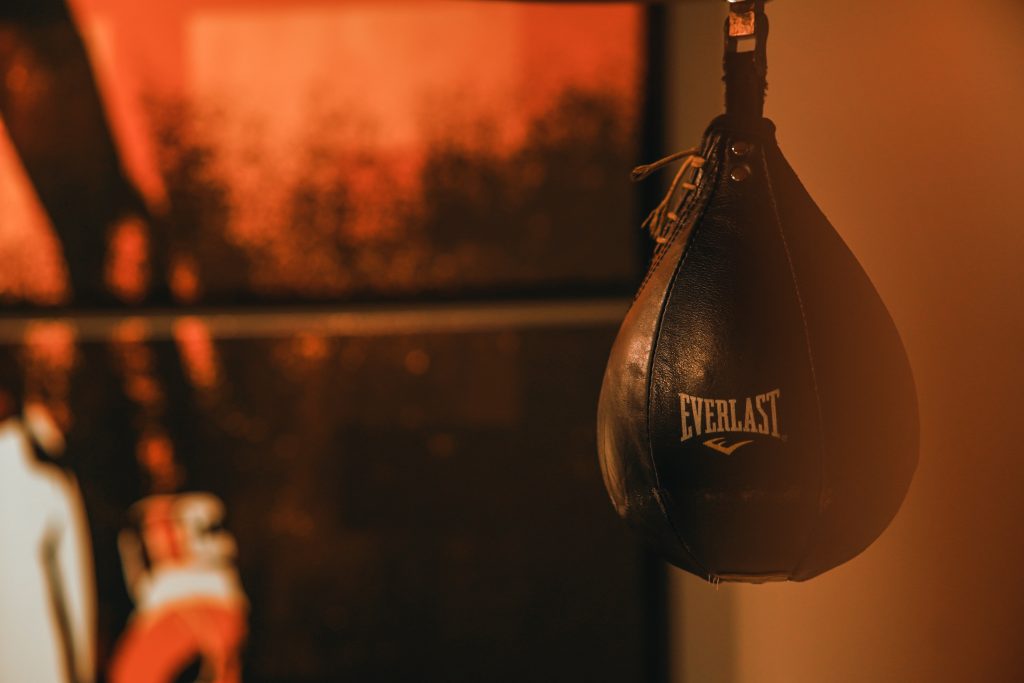
Training for strength and agility in boxing
No matter what their boxing style is, all boxers need to train both their strength and agility. It’s like Muhammad Ali once said, “float like a butterfly, sting like a bee”.
Strength training
Strength training for boxing isn’t about bulking up. It’s about developing functional strength that can improve punching power and grappling ability. Weightlifting, especially compound movements like squats and deadlifts, can be beneficial. So can bodyweight exercises like push-ups and pull-ups.
Agility training
Agility training focuses on improving footwork, speed, and reflexes. Drills like ladder drills, cone drills, and shadow boxing can help enhance agility. Sparring is also crucial as it provides practical experience in evasion and precise striking.
In the end, the debate between strength and agility is less about what makes a “better” boxer and more about what makes a more complete and rounded. The blend of these attributes is what shapes a boxer’s unique style and determines their success in the ring.
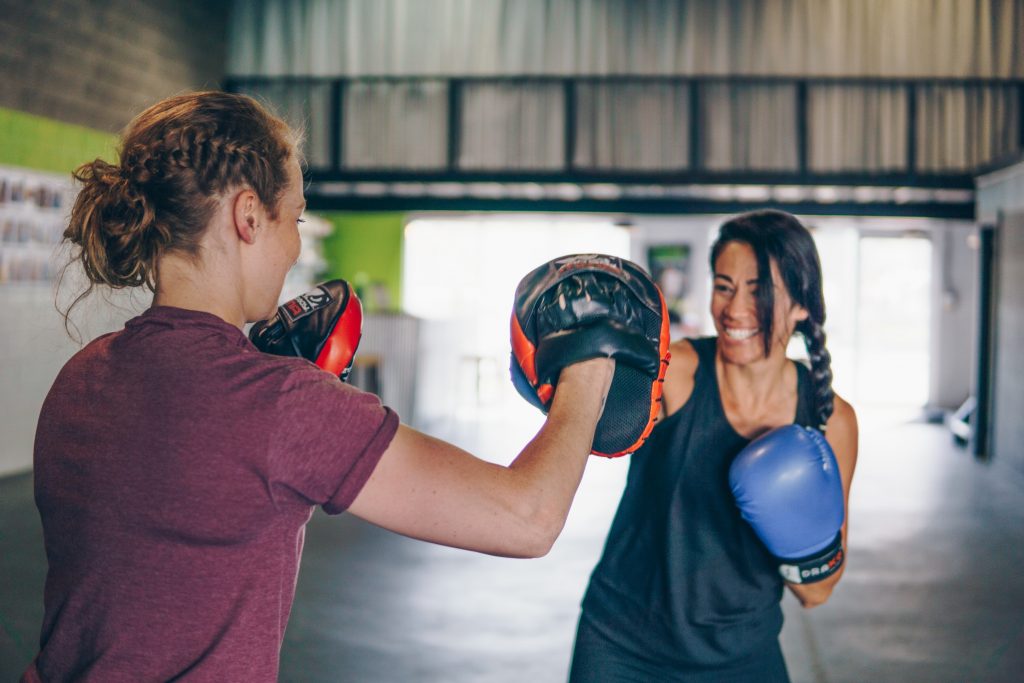
The ultimate boxer: A balance of strength and agility
So, does strength or agility make a better boxer? The truth is, both attributes are vital in the ring. The best athletes often showcase a blend of both strength and agility, using each attribute when the situation calls for it.
Boxers like Mike Tyson and George Foreman are examples of strength-based fighters, their boxing style revolving around delivering powerful punches to overwhelm opponents. On the other hand, you have icons like Muhammad Ali and Floyd Mayweather Jr. have shown remarkable agility, frustrating opponents with their quick movements and precise strikes.
However, even these stars couldn’t rely solely on one attribute. Tyson and Foreman had to dodge strikes and land precise blows, while Ali and Mayweather needed to deliver powerful punches when the opportunity arose.
And then you’ve female boxers as well who are helping make a name for women’s boxing, who also have to balance between agility and strength. Some of the more noticeable names include Amanda Serrano, Katie Taylor, Claressa Shields and Savannah Marshall.
Conclusion: Crafting a unique boxing style
Each boxer tends to develop a unique style, leaning more towards strength or agility based on their natural tendencies and training focus. However, every successful star in the sport recognises the importance of balancing these attributes. Whether they are strength-oriented or agility-focused, a well-rounded skill set is what truly makes them a formidable opponent in the ring.
Want some more content about boxing? Then check out our combat sports section.



